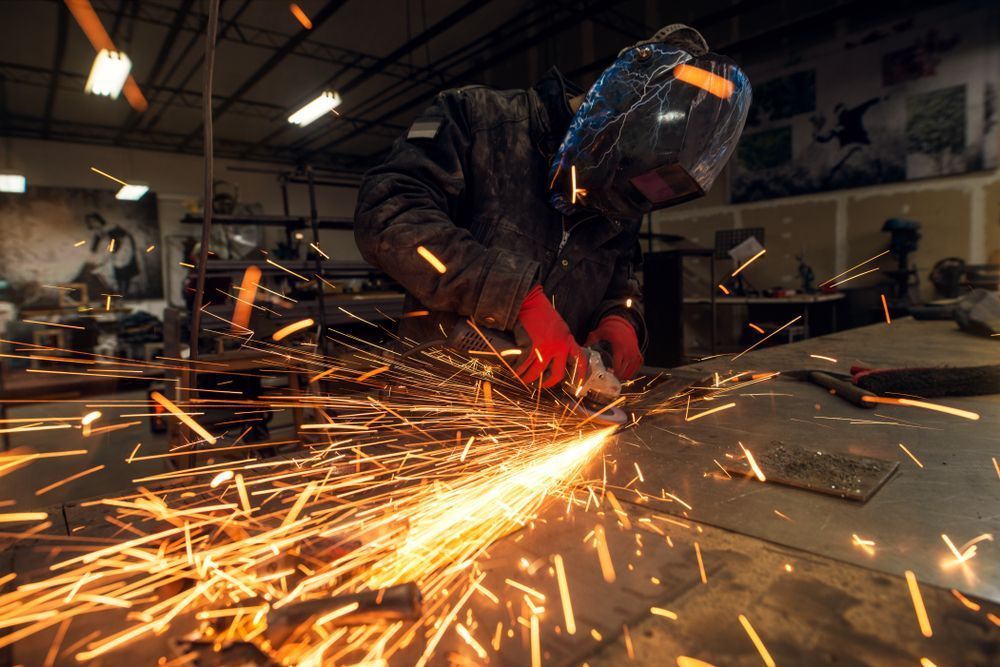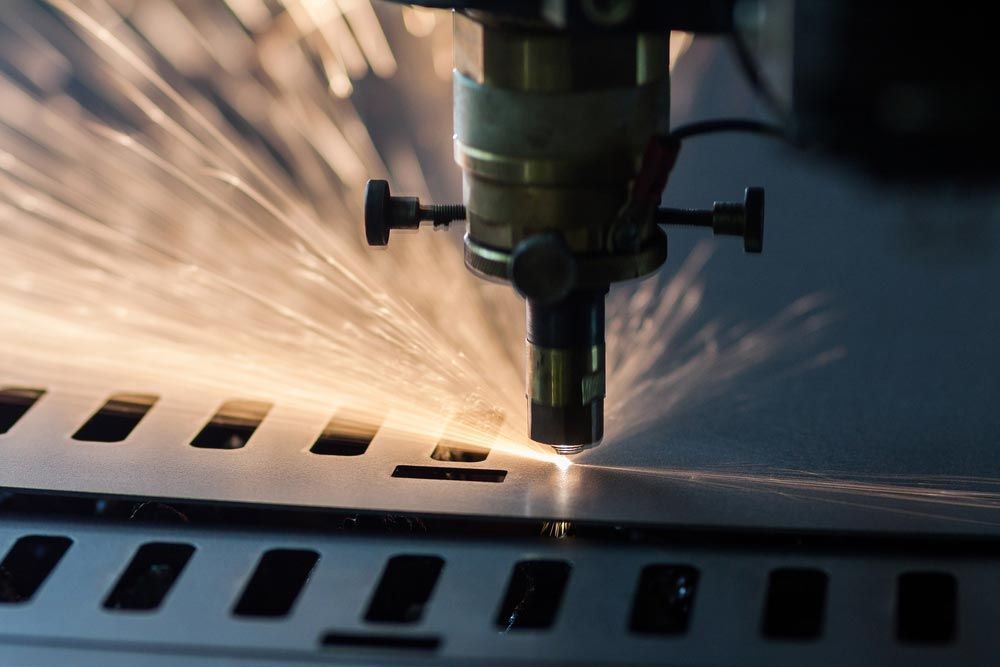5 Common Laser Cutting Mistakes & How to Avoid Them
Laser cutting offers a precise and efficient way to shape materials, but the process can feel more complex for beginners than expected. Whether you’re a hobbyist setting up your workshop or a small-scale manufacturer exploring laser cutter in Dubbo, getting the best results starts with knowing what not to do. Mistakes in setup, settings, maintenance, or material selection can quickly lead to wasted materials and unexpected issues.
This blog highlights five of the most common laser cutting mistakes and provides practical tips on how to avoid them. Thus, you can enjoy smoother, cleaner, and more reliable results every time.
Rushing the Setup Process Leads to Inaccurate Cuts
Laser cutting precision begins long before you activate the beam. Rushing the setup process is one of the most common beginner errors, often resulting in misaligned cuts or incomplete paths. Setup quality is crucial for those using laser cutting services in Dubbo, particularly in one-off or custom jobs.
A correct setup ensures that your workpiece is positioned properly and that the machine parameters are calibrated to suit the material. When this step is overlooked, no matter how advanced the technology, the output will be compromised.
Key setup checks include:
- Ensuring the laser head is properly focused based on material thickness.
- Aligning your material to the correct origin and ensuring it’s square on the cutting bed.
- Confirming that clamps or magnets are securing the material evenly and without warping.
Taking the time to double-check each of these elements will reduce rework and deliver more consistent outcomes.
Using the Wrong Settings for Different Materials
A laser cutter isn’t a plug-and-play machine—it requires thoughtful calibration for each material you cut. One of the biggest early hurdles for new users is using generic or incorrect settings, which can damage both the workpiece and the machine.
Each material, whether acrylic, aluminium, or mild steel, reacts differently to the beam. The laser’s power, speed and frequency must be fine-tuned to match those material properties.
Common risks when settings are incorrect:
- Burnt edges or smoke marks on wood or acrylic from excessive heat.
- Incomplete cuts in metals occur if the speed is set too fast or the power is too low.
- Warped or melted areas due to poor ventilation or cooling during cuts.
Avoid this by:
- Testing on scrap pieces before committing to final designs.
- Keeping a record of ideal settings for each material type.
- Consulting with professionals offering laser cutter services in Dubbo to help with calibration advice or cutting precision.
Ignoring Maintenance Can Shorten Machine Life
Laser cutters require regular maintenance to operate safely and accurately. For beginners, it’s easy to overlook these tasks, but ongoing maintenance plays a significant role in cut quality and machine longevity.
Without upkeep, mirrors become misaligned, lenses cloud over, and motors begin to lag. This impacts output quality and may void warranties or increase the risk of costly breakdowns.
A basic maintenance schedule should include:
- Lens & mirror cleaning: Use lint-free wipes and laser-safe cleaner to remove dust and debris.
- Cooling system checks: Depending on whether your machine is water—or air-cooled, inspect coolant flow or fan function.
- Lubrication: Apply appropriate lubricant to linear rails or bearings.
- Air assist cleaning: Dust and residue in this system can restrict airflow and impact material finish.
- Filter replacement: If using an extraction or fume filtration system, clean or replace filters as needed.
Build these checks into a weekly or monthly routine, depending on use, to keep your cutter in top shape.
Poor File Preparation Results in Design Flaws
The precision of a laser cutter depends as much on your digital file as it does on the hardware. Poorly prepared files—especially those with duplicate lines, open paths, or incorrect scaling—can lead to skipped cuts or erratic machine behaviour.
If you’re creating your designs for fabrication via a laser cutter in Dubbo, you must prepare your files correctly. Even experienced users can miss errors during the design phase.
Common file preparation pitfalls include:
- Overlapping lines: This causes the laser to pass over the same cut more than once, potentially burning the material.
- Open vectors or shapes: These confuse the software, leading to incomplete cuts.
- Incorrect scaling or units: Metric and imperial units can result in size discrepancies.
- Low-resolution raster files: Not suitable for cutting—stick with vector-based formats such as SVG or DXF.
Fix these issues by:
- Reviewing your file in design software before export.
- Using software that allows visual previews of tool paths.
- Grouping and colour-coding paths to distinguish between engraving, scoring and cutting layers.
File discipline is key to getting clean, accurate results on every project.
Choosing Inappropriate Materials Can Damage Equipment
Not every material is safe or suitable for laser cutting. Some—like PVC—can release hazardous fumes or damage the internals of your machine. For thoUnderstanding material compatibility is a must fornew to laser cutter technology, especially in regional hubs like Dubbo, under services like Agriweld’s laser cutting in Dubbo are set up to handle metals and fabrication-grade materials, hobby users or first-time operators should be especially cautious.
Avoid these high-risk materials:
- PVC & vinyl: Release chlorine gas when burned—highly corrosive and dangerous.
- Fibreglass: Contains resins that produce toxic fumes and damage optics.
- Polycarbonate (especially thick sheets): Inefficient to cut and can cause yellowing or edge burns.
- Foam boards with unknown adhesives: May melt, emit fumes, or ignite.
Safe alternatives for laser cutting include:
- Stainless steel
- Mild steel
- Aluminium (thin gauge)
- Acrylic (cast)
- Birch or marine plywood
- Cardboard and some untreated hardwoods
Before proceeding, always check with your supplier or the material’s technical data sheet.
Ready to Avoid These Mistakes? Let Us Help
When used correctly, laser cutting offers incredible versatility and accuracy, but avoiding these five mistakes is critical if you’re just starting. By taking time with your setup, using material-specific settings, maintaining your equipment, preparing clean digital files, and selecting suitable materials, you’ll be well on your way to success.
At Agriweld Engineering, we offer precision laser cutting services in Dubbo, tailored to meet the needs of hobbyists, engineers and local manufacturers alike. Our in-house systems are calibrated for a range of metals and designed to deliver exacting results—whether you’re producing one-off parts or repeat fabrications. Our welding services in Dubbo further complement the process, providing an end-to-end metalwork solution for your project.
Get in touch via our
contact page or
give us a call to discuss your laser cutting needs.







